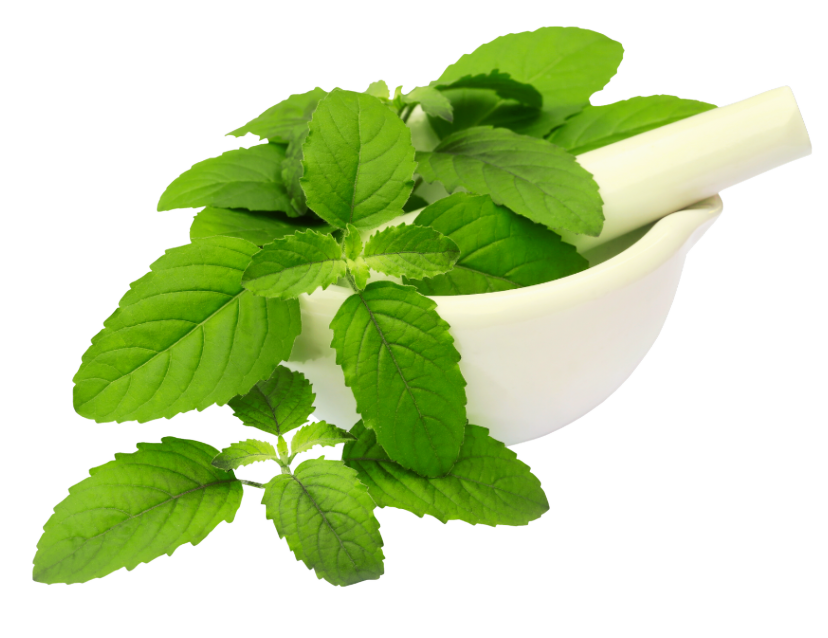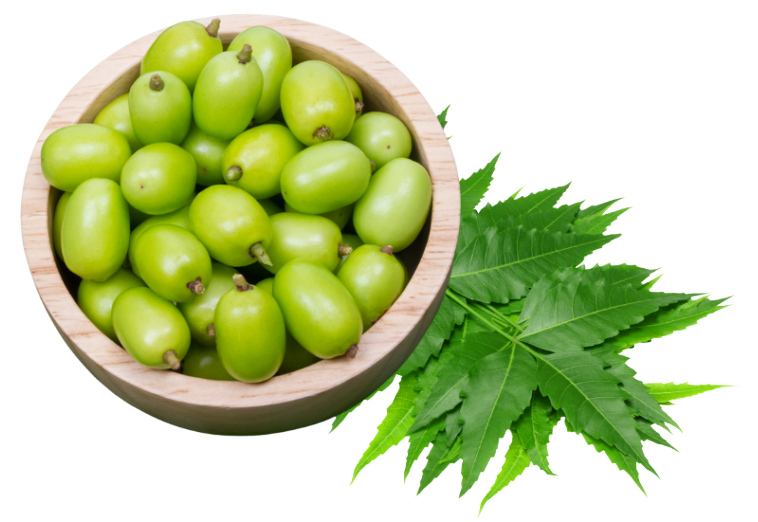From Ancient Practices to Modern Solutions

Modern dental hygiene, including the use of toothpaste, toothbrushes, and floss, only became widespread in the 1950s. However, the pursuit of a clean and healthy mouth dates back over 5,000 years. Ancient Civilizations and Early Oral Care Around 3,000 BC, the ancient Egyptians developed a rudimentary dental paste using ingredients like eggshells, pumice, myrrh, and oxen hooves. In ancient India, Ayurvedic practitioners developed a range of surgical techniques and herbal formulations aimed at treating oral health issues such as plaque buildup, infections, and malformations of the oral cavity. Although dentistry was not a distinct field within Ayurveda, it was a part of Shalakya Tantra (the Ayurvedic system for surgical care).
Various cultures around the world developed their own methods for maintaining oral hygiene. The ancient Chinese used ground fish bones, while the Greeks and Romans favoured crushed bones and oyster shells. During the Middle Ages, Arabs experimented with fine sand, and Europeans turned to table salt. However, these abrasive substances likely caused significant wear on dental enamel.
In Ayurveda, dental health, known as Danta Swasthya, is highly individualized and depends on a person’s Prakriti (constitution) as well as environmental and seasonal changes (Kala-Parinama) [Tooth brushing, oil pulling, and tissue regeneration: A review of holistic approaches to oral health].
Early Global Dental Practices
Various cultures around the world developed their own methods for maintaining oral hygiene. The ancient Chinese used ground fish bones, while the Greeks and Romans favoured crushed bones and oyster shells. During the Middle Ages, Arabs experimented with fine sand, and Europeans turned to table salt. However, these abrasive substances likely caused significant wear on dental enamel.
The Birth of Modern Toothpaste
The first modern toothpaste appeared in the late 1700s and was often homemade. Ingredients like burnt toast and dragon’s blood (a natural red plant resin) were common in some early recipes. Today, herbal toothpastes, which contain biodegradable and all-natural ingredients, are still popular for their chemical-free composition.
Dentists recommend brushing twice a day as part of a good oral hygiene routine, though brushing after every meal is ideal. Toothpaste, when used with a toothbrush, acts as an abrasive that helps remove food particles and dental plaque while also containing fluoride to prevent tooth decay and bad breath.
Herbal and Ayurvedic Toothpaste: A Natural Alternative
In recent years, herbal toothpastes made from natural ingredients have gained popularity for being biodegradable and chemical-free. One such toothpaste, Dantabadra, offers a natural solution for maintaining oral health, utilizing ingredients that have been used for centuries.
Dantabadra, a 100% natural toothpaste, incorporates time-tested Ayurvedic ingredients such as Peelu (Miswak), Lavanga (Clove), Bakula, Tejovathi, and Nimba (Neem) to restore and maintain gum health effectively.
key ingredients
Best Herbal & Ayurvedic Toothpaste

MINT
Mint: Leaves your breath feeling cool and refreshed after every brush.

MISWAK
Known for its antibacterial and anti-inflammatory properties, Peelu has been used for thousands of years in native cultures to clean and protect teeth and gums.

TEJOVATHI
Known as the Toothache Tree, Tejovathi has traditionally been used for cleaning teeth, easing tooth pain, preventing plaque buildup, and reducing tooth discoloration.

CLOVE
Clove contains eugenol, a natural anesthetic with antimicrobial effects, traditionally used to relieve tooth pain and improve oral health.

NIMBA
Known for its powerful antibacterial and antifungal properties, neem helps fight gum disease and reduces inflammation.

BAKULA
Strengthening teeth and promoting gum health, keeping your smile vibrant.
Incorporating antimicrobial agents into toothpaste, as seen in Dantabadra, significantly enhances its ability to reduce plaque and improve gingival health, especially when brushing alone may not suffice [Study: Impact of the uninstructed use of a herbal, Ayurvedic toothpaste on gingival health in periodontal aftercare patients: A randomized, double-blinded, two-arm parallel-group study].
Conclusion
Though oral hygiene has evolved over centuries, the fundamental desire to maintain a healthy mouth remains unchanged. With natural formulations like Dantabadra Toothpaste, which harness the power of ingredients such as Peelu, Clove, and Tejovathi, we are reminded that ancient remedies still hold value in today’s world of oral care. By embracing the best of both ancient wisdom and modern science, you can create an oral care routine that promotes lasting health and a radiant smile. Taking care of your teeth and gums is essential for overall well-being, and choosing natural products like Dantabadra Toothpaste provides a safe, effective way to maintain oral hygiene without harsh chemicals. Embrace the best of both worlds and make your oral care routine a blend of the ancient and modern for optimal results.





